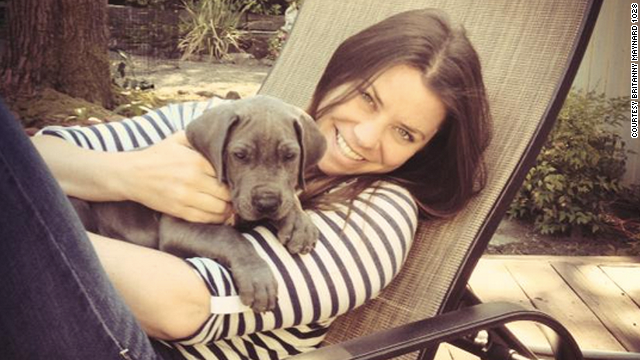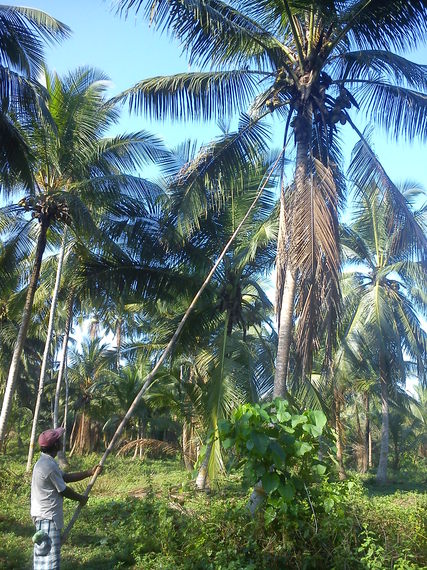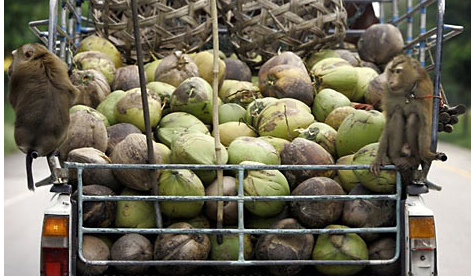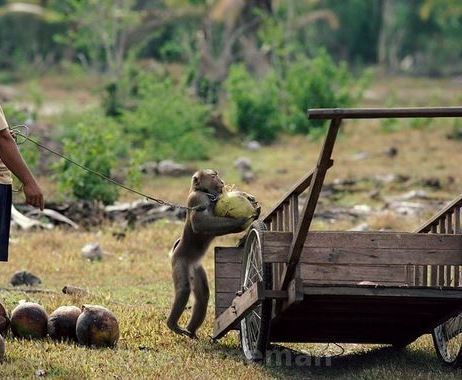Beware and Be Cautious
"We believe that most authors are not necessarily tricked into publishing in predatory journals; they probably submit to them well aware of the circumstances and take a calculated risk that experts who evaluate their publication lists will not bother to check the journal credentials in detail. Hence we do not uncritically see the authors as unknowing victims."The world wide web of the Internet with its vast store of data interconnecting people from around the world has proven an invaluable source of communication, commercialization, connection, information-sharing and remains the foremost venue for the general public to learn and to gather information. Data is accessible to everyone, from the ordinary person looking for mundane information to scientists and academics searching for research that might prove of interest to them.
"The universities or funding agencies in a number of countries that strongly emphasize publishing in 'international' journals for evaluating researchers, but without monitoring the quality of the journals in question, are partly responsible for the rise of this type of publishing."
From study published in journal BMC Medicine: authors Cenyu Shen and Bo-Christer Bjork, Hanken School of Economics, Finland
"Academic fraud has reached a new level of deceit as a "predatory" journal that prints low-quality research for cash has stolen the identities of a dead doctor and the head of a Canadian science funding agency."
"Sir Richard Doll was an eminent British epidemiologist who was among the first to realize that smoking causes lung cancer. He died in 2005, aged 92. Now his photo has popped up with an altered surname -- Turner -- on the list of people who supposedly edit a shady academic journal, Journal of Spectroscopy and Molecular Physics."
Tom Spears, science journalist, Ottawa Citizen
For most people, Internet searches are conducted innumerable times daily; ranging from map and location searches, to on-line market sales item listings, to verifying symptoms impacting on health. Of those categories, the third may or may not render correct data, entirely dependent on the source being used and its reliability, so it becomes obvious that caution on the part of the searcher is required to ensure that information being sourced comes from a site that can be trusted.
Researchers, specialists in various fields of science require no less vigilance in scoping out data for their reliability, for much can depend on the venues from which data is extracted. Sites identified with credentials that testify to their trustworthiness are often connected with government agencies, with recognized universities, and with journals themselves which have built their reputation over time, qualifying for recognition as sites that can be trusted.
In the great wide world of the Internet and universal connectivity, predators too recognize a wide scope of opportunities that have opened to them, since most people tend to be both trusting and gullible. Stories abound about people who have been taken advantage of, cheated, done irreparable harm because they have guilelessly trusted those who claim to be what they are not.
The world of science is no stranger to deception, to the presence of scurrilous charlatans who claim to have discovered world-shattering formulae and treatments whose application is capable of curing the most dread diseases that ruin people's health and cut short their lives. These are psychopaths with no regard for the harm they do, but who focus instead on building a reputation of trust among the naive, and in the process drain them of their financial resources, and eventually their hope.
New information is always surfacing about frauds of one type of another, and the field of academic research is no different, with new journals popping up on line frequently, distinguishing themselves as predators printing worthless research in exchange for cash payment. Academics, scholars, and most people in the fields of science are anxious to have their papers proving or disproving theories published and cited to build their reputations also fall prey in the press to publish.
It might be said that a new low has been reached with a shady academic journal titled Journal of Spectroscope and Molecular Physics which has been publishing 'research', signing them off as reliable findings of highly successful and respected scientists who hope to gain influence for their futures. Even the editorial board of the journal is comprised of faux names comprised of stolen identities of people in the field of science, still living, but unaware their names (and their reputations) have been appropriated; others the names of people who have left this mortal coil long since..
Of the ersatz editorial board of the physics journal, most listed don't reflect the field of physics research; one is a professor of chemistry at Simon Fraser University, another a hematologist in Michigan; an anthropologist in Little Rock specializing in Micronesia; and a dermatologist living in Singapore. Yet another is an obesity expert at Boston University School of Medicine. All unaware their names are being used to bolster the reputation of a false journal, as Tom Spears points out in a recent revelatory article.
The journal BMC Medicine, an authentic and trustworthy journal, has published a new study disclosing that 420,000 articles were published in 2014 in such predatory journals, a huge increase from the 53,000 published five years previously. In total, the study outlines that 8,000 predatory journals were responsible for publishing that breathtaking number of faulty, unreliable articles.
Mainstream academic journals annually publish a likewise not-inconsiderable number of research papers: between 1.4 million to two million genuine research articles. The conclusion reached by Cenyi Shen and Bo-Christer Bjork of the Hanken School of Economics in Finland was that academics throughout Asia and Africa, widely excluded from Europe and North American journal publications, choose sometimes to publish in bogus journals.
In defending itself, an anonymous person on staff at the Journal of Spectroscopy and Molecular Physics claimed it was the victim of website hackers who sabotaged them with incorrect data about the editorial board and the journal was unable to remove the offending posts.
Academic publishing fraud has seen explosive growth; small operations for the most part, purloining identities of real researchers to make it appear as though theirs is an established, trustworthy endeavour. Predatory journals skip the peer review process, printing anything submitted as long as the article is one which its author is prepared to pay a handsome fee to publish.




























